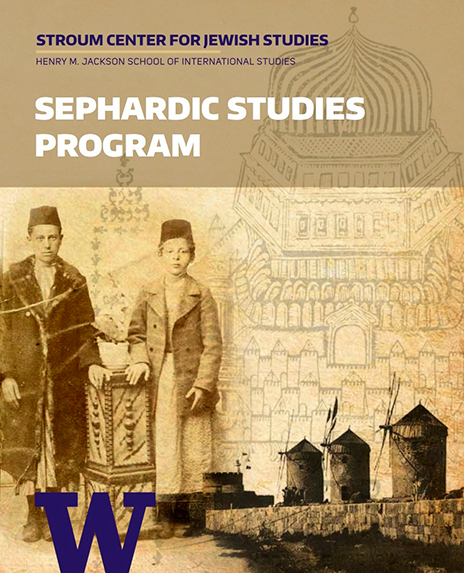
Since its inception four years ago, the Sephardic Studies Program at the University of Washington’s Stroum Center for Jewish Studies has leveraged its website and social media to curate the history and language of a set of communities long operating in analog and largely overlooked by the broader field of Jewish Studies. New media have empowered us to showcase the Sephardic experience through texts, music, and videos before a global audience. Sephardic Jews were once one of the least accessible world cultures online. Our efforts have contributed to exposing the historical, cultural, and literary worlds of the Sephardic Jews to the attention of students, scholars, and community members worldwide.
With more than 1,200 Ladino language artifacts—books, newspapers, manuscripts, and personal correspondence—acquired through local and international crowdsourcing, our program has digitized more than 133,000 pages of material, a selection of which is already online. Recognizing that the languages and historical contexts of our artifacts are not well known, we strategically curate “Sephardic treasures” in digital essays to make them approachable for our audiences. Rather than wait for them to be discovered, we actively pursue social media campaigns to draw attention to them. As a result, some of our “treasures” have been integrated into Jewish Studies syllabi and dissertation research, translated into five languages, highlighted in documentary films and museum exhibitions, and reproduced in award-winning books.
If a goal of new media is to reduce distance between people and increase access in a global age, the Sephardic experience—which spans Europe, the Middle East, the Americas, Africa, and beyond—is primed for a digital revolution. Through our curation and dissemination of previously difficult-to-access materials, our Sephardic Studies Program seeks to give voice to a slice of the Jewish experience that until now was just a whisper.
Ty Alhadeff is the research coordinator, archivist, librarian, blogger, and social media strategist for the Sephardic Studies Program at the Stroum Center for Jewish Studies, University of Washington. Ty received his BA degree from the University of Washington and a master’s degree in Jewish Studies from the Hebrew University of Jerusalem.
